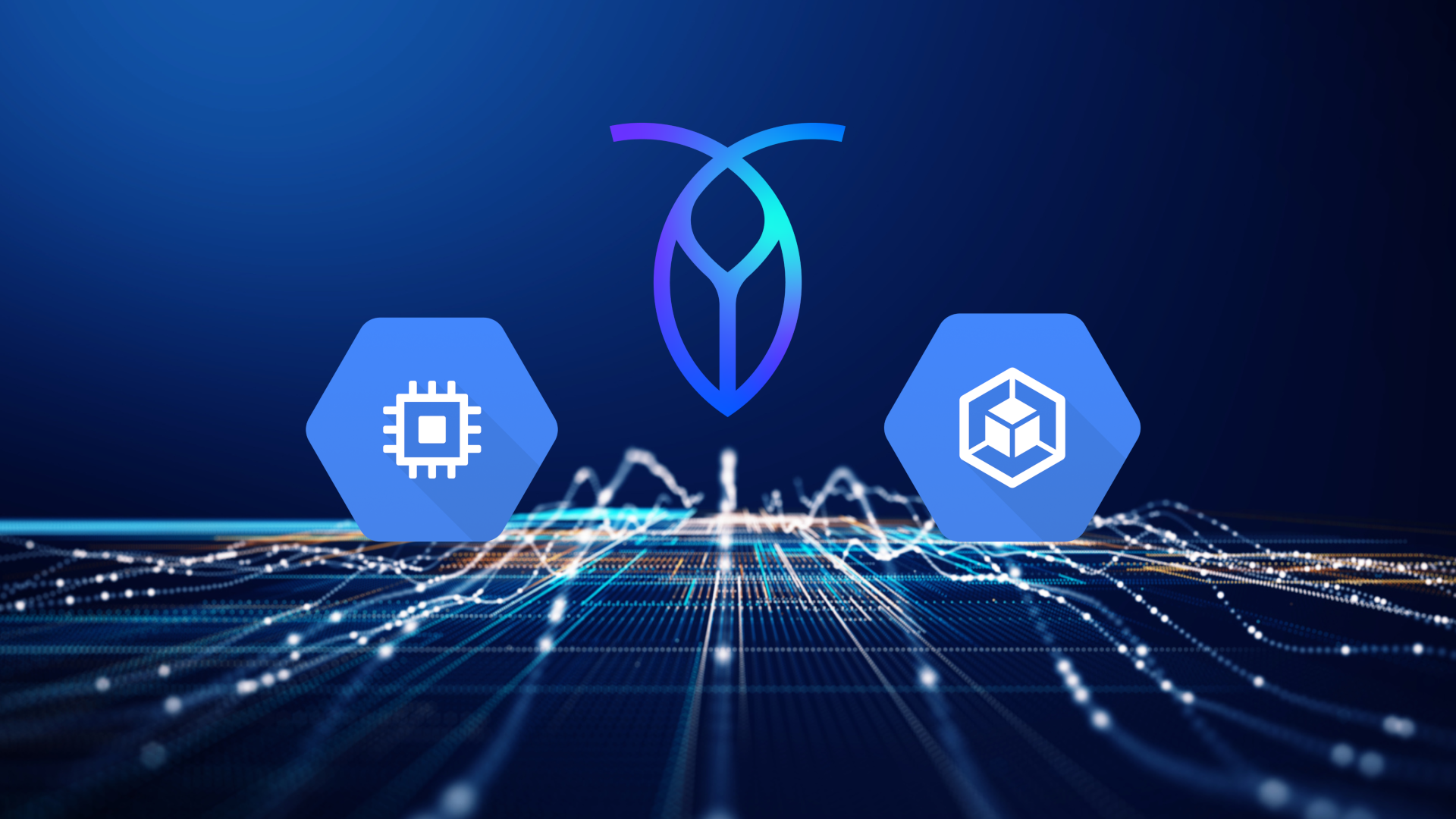It’s an always-on world: Today’s enterprises know better data management is key to staying connected to their customers, who expect their applications to work perfectly – every time.
Research shows that technology downtime has led 56% of businesses to experience a significant revenue impact. 55% of these respondents find it problematic to extract meaningful insights from their data. Meanwhile, almost half of these businesses – 45% – are having trouble navigating complex cloud landscapes.
While it’s clear that evolving IT architectures call for a cloud-based, distributed database to meet their resiliency needs, enterprises must overcome other pressing challenges. Reducing operational complexity is key, as enterprises strive to realize simplicity from a single database platform throughout the database lifecycle, whether they’re sizing/deploying a database solution, creating a cluster, designing a database schema, or optimizing performance.
The barriers to enhancing developer productivity must also be overcome, especially with the difficulty in transitioning applications to modern cloud environments. Organizations have hundreds or even thousands of stored procedures from traditional databases such as PostgreSQL, and encapsulating complex logic in existing User Defined Functions and Stored Procedures can be error-prone, slow, and complex when migrating to modern databases.
Our latest release – CockroachDB 24.1 – makes it easier for you to leverage a fully-managed enterprise experience, streamline application development, and recover faster from potential disasters. If your organization is still on a legacy database, you’ll see how CockroachDB can support your cloud journey and migration.
Let’s take a closer look at how the capabilities delivered in CockroachDB 24.1 directly benefit users.
Enabling fully managed experiences while enhancing security and compliance 
As enterprises continue to move away from monolithic, single datacenters to globally distributed, cloud-based infrastructure environments, organizations must enhance their data management to support highly resilient infrastructure. CockroachDB Cloud provides extreme confidence, with highly available cloud clusters that are backed by an industry-leading SLA of up to 99.999% for multi-region cluster deployments.
With CockroachDB Cloud and Folders, organizations can provide fine-grained access control across teams to enable Database as a Service (DBaaS) (now in Public Preview). Now you can set up and manage roles and permissions, to provide a shared IT service to teams across the database lifecycle.
Using Folders, you can organize and manage access to your clusters according to your organization's requirements, and to summarize billing by folder. For example, you can create top-level folders for each business unit in your organization. Within those folders, you can organize clusters by geographic location and then by their level of maturity, such as production, staging, and testing.
Private Service Connect for Google Cloud Platform (GCP) (Public Preview for CockroachDB Cloud Dedicated Tier) is now available in preview for Dedicated clusters. Using this feature, organizations can increase their security controls by enabling private connectivity between their applications and clusters without exposure to the public internet. Private Service Connect offers a major advantage where connections from a customer’s VPC to CockroachDB Cloud cluster are unidirectional. This preserves the network trust boundary as CockroachDB Cloud cannot initiate a connection back to the customer's VPC.
Additionally, CockroachDB 24.1 introduces Prometheus-compatible metric support (Now GA, for CockroachDB Cloud Dedicated Tier). Prometheus is a popular open-source monitoring system and alerting toolkit. Enterprises can now enable advanced observability using Prometheus and integrate monitoring into their preferred solution, with industry-leading monitoring tools such as DataDog, New Relic, Dynatrace, and Logic Monitor. These tools enable organizations to troubleshoot, gain insights and resolve issues across their entire database stack.
A number of enhancements have been made to the CockroachDB Cloud Terraform Provider to support the provisioning needs of larger organizations. These include:
User Role Grant Resource – for fine-grained control of access to organization resources
Folder Data Source – manages folders and resources across projects
Service Account Resource – for automating CockroachDB Cloud API access
Prometheus Metric Export Resource – to configure metric integration
Additional cloud regions are also now supported with the CockroachDB Cloud Dedicated Tier.
Streamlining application development with improved SQL compatibility 
Transitioning applications to modern cloud environments can represent a significant challenge for enterprises, and migrating from a traditional database to a modern database is a slow process that requires many migration tools. Meanwhile, today’s organizations are doing everything they can to reduce operational complexity across their transactional and analytic systems.
CockroachDB 24.1 positively impacts these crucial workflows, enabling organizations to streamline application development and migrations. Operational complexity is also reduced across many workload environments with the new release.
Organizations can automate importing of data from a target database such as PostgreSQL, MySQL, and CockroachDB with support for MOLT Fetch (now GA) as part of a broader set of tools. These tools include MOLT Live Migration Service (LMS) and MOLT Verify, which can manage the lifecycle of migrating a database to simplify and expedite migrations and reduce time to production. With MOLT Fetch, users can move data from a source database into CockroachDB as part of a database migration. MOLT Fetch commands can move the source data to cloud storage (Google Cloud Storage or Amazon S3), a local file server, or local memory. Once the data is exported, MOLT Fetch loads the data onto a target CockroachDB database.
With support for User Defined Functions and Stored Procedures using PL/pgSQL (now GA), organizations can execute code logic as part of the database, improve developer productivity and reduce errors on the app level when migrating from PostgreSQL. Our implementation of PL/pgSQL leverages CockroachDB’s distributed query engine to process large amounts of transactional data in parallel.
Support for Read Committed transactions (now GA, all CockroachDB offerings) enables organizations to maintain high workload concurrency and predictable query performance when migrating from traditional databases such as PostgreSQL, Oracle and SQL Server. Read Committed isolation level offers a simpler migration path for applications and eliminates the need to add tedious application level retries needed under Serializable isolation.
Additionally, support for CDC Google Cloud Pub/Sub and Azure Event Hub (now GA) empowers organizations to quickly stream data from CockroachDB to downstream pipeline and event driven systems using Google Cloud Pub/Sub sink or Azure sink, which is integrated with GCP and Azure.
Improving the resilience of your existing infrastructure
Resilient applications are a business imperative. However, enabling them across many different cloud environments and ensuring business continuity – especially in the face of unexpected disruptions – is challenging. An outage across an entire cloud region is a real concern, as is the possibility of human error that can take down an entire cluster.
CockroachDB 24.1 helps overcome these obstacles, empowering organizations to create a defense-in-depth approach to avoid potential human error and support business continuity goals. One essential feature is Physical Cluster Replication with fast cutback (now GA, Self Hosted only), which adds another layer of resiliency protection offered by CockroachDB. For organizations that are built around two data centers, physical cluster replication allows them to survive full cluster failures — with RPO measured in seconds and RTO measured in minutes, rather than hours.
This works by creating an exact, constantly updating replica of a primary cluster, while providing granular observability and control over data replication and cutover times. Data integrity checks ensure that your recovery will support your business continuity goals. This replication is asynchronous, so you can significantly improve your resilience without incurring a cross-region write-latency hit, which can push certain applications beyond their latency budgets.
In a disaster recovery scenario, you can cut over from the unavailable primary cluster to the standby cluster. This will stop the replication stream, set the standby cluster to a point in time where all ingested data is consistent, and mark the standby as ready to accept application traffic.
Physical cluster replication is extremely flexible: It works across different hardware and different cluster configurations, and even multiple clouds.
Enhance enterprise data management with Cockroach 24.1
Always-on is always the expectation for today’s applications. CockroachDB 24.1 is an important step in delivering on the demands of today’s users, enabling organizations to further enhance their enterprise data management to build resilient, modern applications.
It’s one more reason that global organizations look to CockroachDB to help them offer always-on customer experiences that scale effortlessly to meet demand, while expanding easily to new geographies.
To view the full release notes, click here. Ready to learn more? Sign up for our webinar on June 18. Or simply get started with CockroachDB today! Spin up your first cluster for free or speak to an expert.
David Weiss is Senior Technical Content Marketer for Cockroach Labs.




